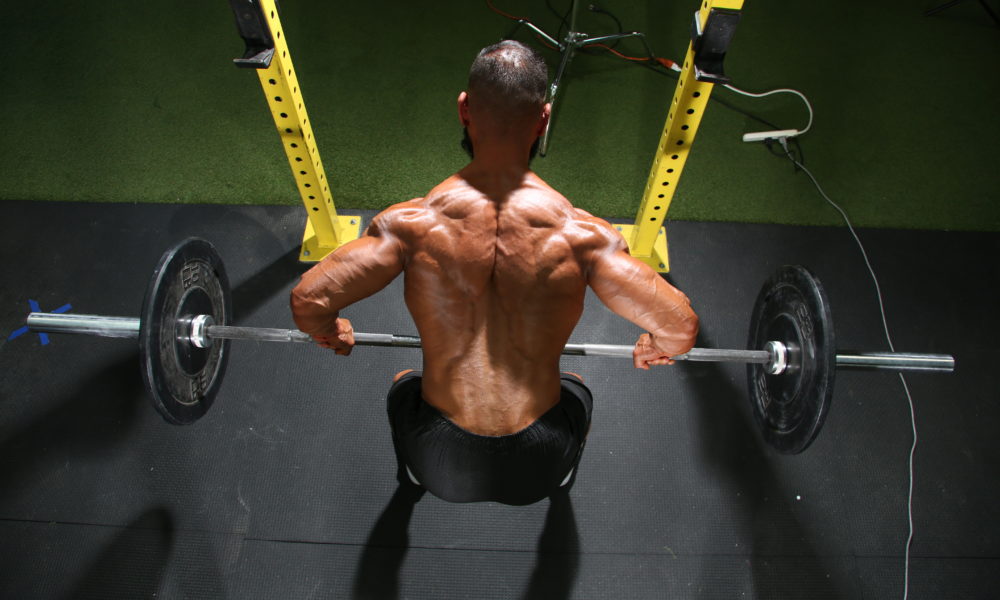

Working out your back has many benefits besides looks. Back workouts can help prevent injury, decrease lower back pain, and improve posture. A strong back is integral to completing other workouts safely and effectively. If you’re wanting to reap the benefits of a stronger back, the good news is, most back exercises can be completed with one piece of equipment…the barbell.
Below, we will discuss 3 different rowing variations that target various parts of your back, as well as your abs, arms, and legs.
Understanding Your Back Muscles
To understand the muscles of your back a little better, you must know the anatomy of it. The back has 3 different muscle groups. You have iliocostalis muscles that are the farthest away from your spine. These muscles are in charge of helping you bend backward. They consist of the lumborum which connects your lower ribs to the upper part of your hip bone. The thoracis connects your upper ribs to your lower ribs and the cervicis connects your upper ribs to your neck.
The next muscle group is the longissimus muscles which help you arch your back and turn your neck and back to the left and to the right. There is a capitis muscle that connects your neck to your upper back. A longissimus cervicis extends farther down than the capitis and the longissimus thoracis extends down most of your back.
Lastly, your spinalis muscles are closest to your spine. These muscles help you bend backward and side to side. They also help you rotate at the waist. This muscle group has similar connections as the longissimus muscles, except they connect your neck and spine.
All of these smaller muscles work together to enable whole-body movements. This is why it’s vitally important to strengthen these muscles to prevent injury and pain. Here’s some workout that will help you.
Back workouts:
- Barbell row: A barbell row, also known as a barbell bent row is a full-body exercise that targets your lower back, upper back, abs, arms, and hips. Performing this exercise results in toned biceps and a muscular back. To perform this exercise:
- Stand upright on the floor with your feet shoulder-width apart.
- Place the loaded barbell over your feet such that your mid-foot is under the bar
- Bend your knees slightly so you lean forward a little
- Keep your back straight, core tight, and neck in line with your spine
- Grab the barbell such that your palms are facing downwards, wider than your shoulder width
- Squeeze your shoulders together to lift the bar to your chest
- Hold this position for a couple of seconds and then lower the bar to its initial position. This is one rep.
- Reps: 4 sets, 10 reps, 30 second pause in between sets.
What not to do during a barbell bent row:
- Your lower back should be neutral to avoid back pain
- Be careful not to squeeze your spinal discs
- In between reps, rest the barbell on the floor instead of holding it
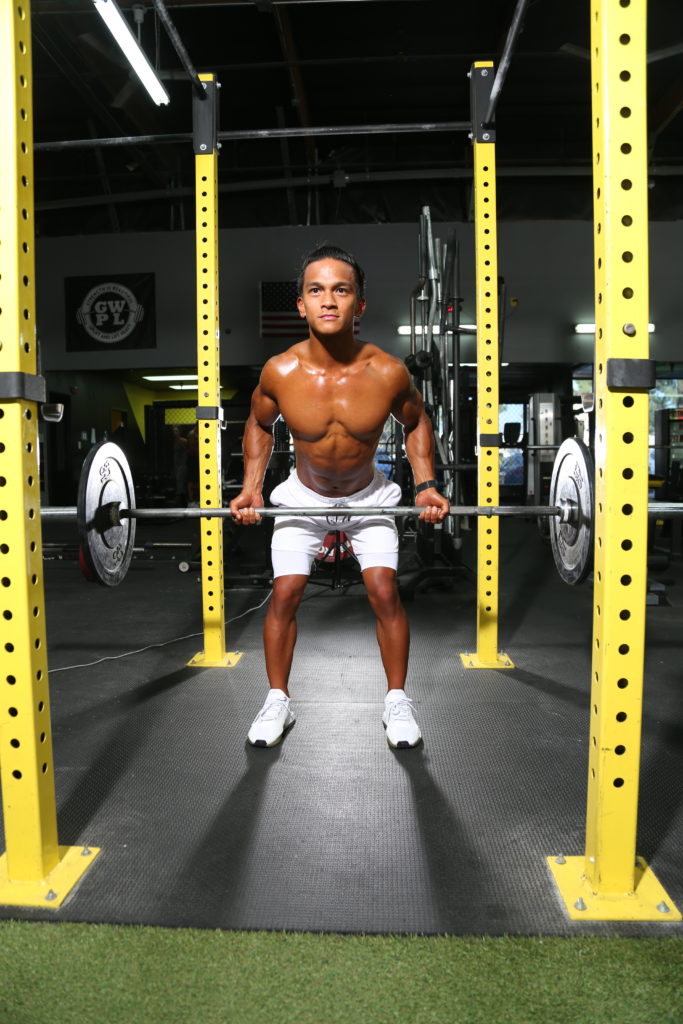
- T-bar row: The T-bar row is a strength training exercise that targets all your major back muscles, arms, hamstrings, glutes, and abdominals. To perform this exercise:
- For the equipment, load one side of the bar with your desired weight and secure the other side to the floor.
- Stand upright over the T-bar on the floor with both your feet on each side of the bar.
- Bend your knees slightly so you lean forward a little.
- Keep your back slightly arched, tighten your core and, keep the elbows close to your body
- With straight arms, grab the T-bar with both your hands
- Lift the loaded bar to your chest such that it is parallel to the floor at 45 degrees
- Then lower the bar back to its initial position. This is one rep.
- Reps: 5 sets, 10 reps, 60 seconds pause in between sets.
What not to do during a T-bar row: Following are common mistakes to avoid while performing T-bar rows:
- Do not lift your shoulders. They should be pulled down.
- Do not flex your wrists and keep them straight.
- Barbell Upright row: The barbell upright row targets your traps, biceps, and shoulders. To perform this exercise:
- Stand upright on the floor with your feet shoulder-width apart.
- Keep your back straight, core tight, and neck in line with your spine.
- Grab the barbell such that your palms are facing downwards and are slightly closer than shoulder-width apart.
- Bend your knees slightly so you lean forward a little.
- Now lift the bar up to your chest such that it nearly touches your chin.
- Hold this position for a couple of minutes and then lower the bar back to its initial position. This is one rep
- Rep: 5 sets, 10 reps, 60 seconds pause in between sets.
What not to do during a barbell upright row: Following are common mistakes to avoid while performing barbell upright rows:
- Do not let your elbows be lower than your forearms. Make sure you keep them higher than your forearms
- While lowering the bar to initial position, do not lean forward
- While raising the bar up to your chest, do not lean back
- Do not forget to squeeze the trap muscles once you have reached the top position i.e. holding the bar up to your chest.
How to choose the right weight?
The most common mistake that new trainees make is that they start off working out at too heavy of a weight. This is not only disadvantageous to their workout regime but could also prove detrimental to their health, as it may result in severe injuries. Whether you are trying to build mass, build strength, lose weight, or tone up your body, choosing the right weight is as important as choosing the correct plan for your own individual fitness goals.
With strength training comes heavy lifting, but how heavy of load that someone can lift varies from person to person. A simple method to find a good weight to start at would be to see if you can lift a weight that you know you are comfortable with in a range of 10-15 reps. Let’s say the number of reps you performed exceeded using this weight i.e. you were able to perform extra reps without being fatigued. This would mean that the weight is “light” for you. Now increase the weight by 5lbs for the same exercise. Let’s say you got fatigued before you could complete the reps and you stopped. In this case, the load is too “heavy” for you. For a “moderate” or ideal weight to train at, you should be able to perform the first few reps easily and the last couple of reps with a little difficulty, but you should be able to complete your reps. For the improvement of your strength performance, you should opt for a weight that falls under the “heavy” category for you.
Other things to consider in weight lifting include the following:
Type of weight: The type of weight you are lifting has a lot to do with determining the ideal weight to lift. A dumbbell is a symmetrical and stable piece of equipment in which the weight is evenly disturbed on each side. This makes it easier to lift. But a sandbag, on the other hand, is unsymmetrical and unstable and it will make your muscles work extra hard as it keeps shifting. Henceforth, you may lift a 10 pounds dumbbell with ease but find lifting a 10 pounds sandbag challenging for the same exercise.
Knowing the weight right for the muscle you are working on: The strength of the muscles you are working on should be in correspondence with the weight you are lifting. For example, if the muscle group in the back of your shoulder isn’t as strong, you should use lighter weights while working it but the muscles in your glutes are very strong therefore you can use heavier weight while working them.
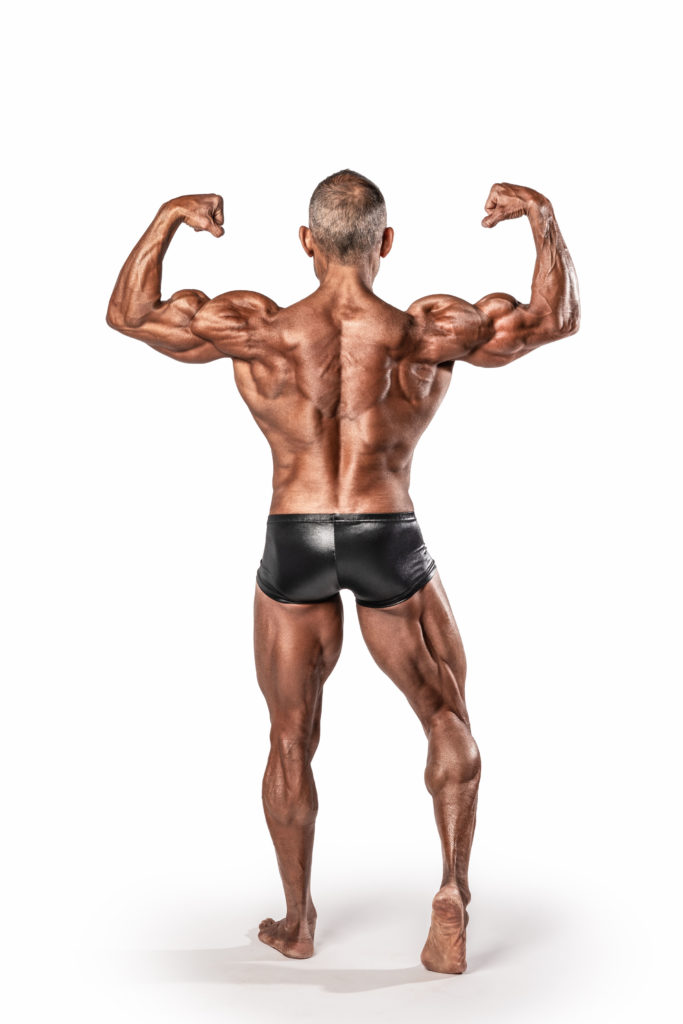
New to weight training?
Following are the things that you should avoid when starting weight training:
- Do not experiment with weights on your own. If you are new to weight lifting, consider going to a certified trainer first so you can understand your body requirements better.
- Before you start lifting weights, make sure you know the correct form and technique of the exercise you are performing. Heavy lifting without perfecting the form may result in injuries.
- When you add weight lifting to your workout routine, make sure you give your muscles the time to recover from all the fatigue.
- Set realistic goals. Consider where you are starting and how much weight you can lift in accordance with your level of training. Setting unrealistic lifting goals can result in negative body image and can lead to you giving up.
Cautions: Following are some cautions that you must take:
- Consult a doctor before you start weight lifting in case of any underlying conditions.
- In case of injuries, consult your general physician or physical therapist immediately.
- See a certified trainer to understand the form and weight mechanism better.
- Always lift weights under supervision if your lift requires a spotter. Lifting without a spotter is a way to get in a bad situation.
Conclusion:
Working out your back has several benefits. Not only does working out your back help strengthen all your support muscles to avoid injury and prevent straining soft tissue, it also provides you stronger support for your entire body. Working out your back will improve your posture, help if you have lower back pain, and also can help you get flat, toned abs! There are several back workouts that can be done by just using a barbell. If starting off, make sure to always properly stretch and start off with the weight that fits your level of fitness.






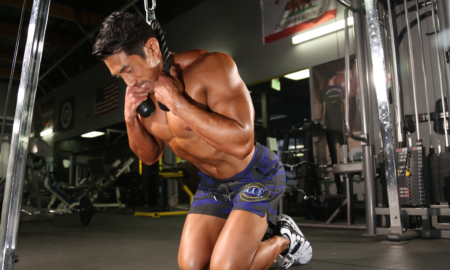
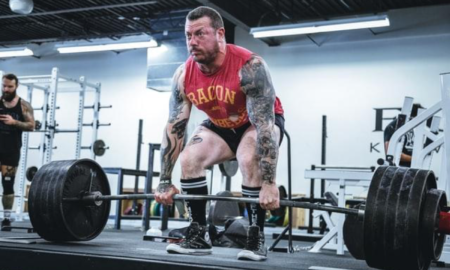














You must be logged in to post a comment Login